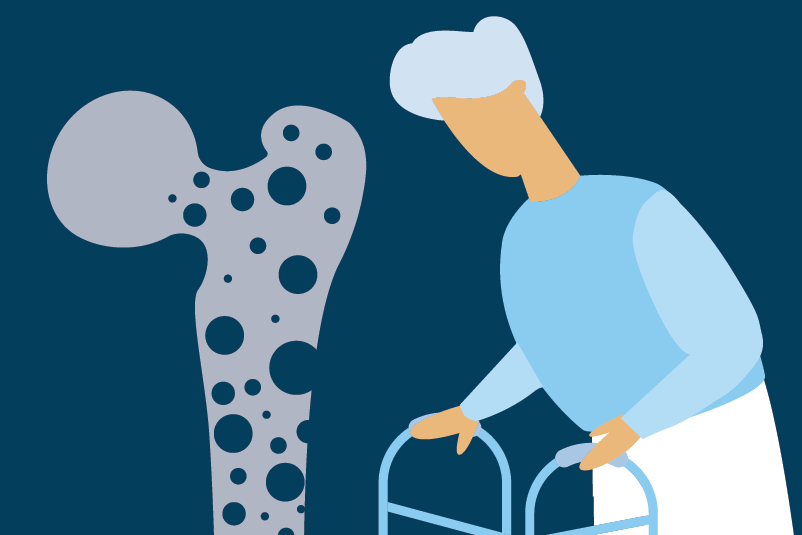#322 A dose a day keeps the UTI away?

Reading Tools for Practice Article can earn you MainPro+ Credits
Join NowAlready a CFPCLearn Member? Log in
- Antibiotic prophylaxis for 6-12 months compared to placebo:
- Meta-analysis, 10 Randomized Controlled Trials (RCTs), 430 women, 5 different antibiotics, varying regimens.1
- ≥1 microbiological recurrence, 8 RCTs, 372 women: 12% versus 66% placebo; number needed to treat (NNT)=2.
- ≥1 clinical UTI (example dysuria), 8 RCTs, 257 women: 7% versus 51% placebo; NNT=3.
- Adverse events (most commonly skin rash, nausea): 15% versus 8% placebo, number needed to harm=14.
- No difference in serious adverse events.
- Limitations: Small studies, many >25 years old.
- RCT not in above meta-analysis, 302 women, fosfomycin 3g every 10 days versus placebo for 6 months.2
- ≥1 microbiological recurrence: 7% versus 75% placebo; NNT=2.
- Antibiotic prophylaxis for 6-12 months compared to non-antibiotic prophylaxis:
- Meta-analysis, 3 RCTs, 482 women, antibiotics (nitrofurantoin 50mg or 100mg, TMP-SMX 400-80mg daily) versus non-antibiotics (oral lactobacillus, vaginal estrogen, or D-mannose powder):3
- ≥1 microbiological recurrence: 43% antibiotics versus 54% non-antibiotics; NNT=9.
- No difference in adverse events.
- Limitations: Large variation between comparators.
- A small RCT not included in above meta-analysis showed no benefit.4
- Meta-analysis, 3 RCTs, 482 women, antibiotics (nitrofurantoin 50mg or 100mg, TMP-SMX 400-80mg daily) versus non-antibiotics (oral lactobacillus, vaginal estrogen, or D-mannose powder):3
- Meta-analysis, 10 Randomized Controlled Trials (RCTs), 430 women, 5 different antibiotics, varying regimens.1
- Recurrent UTIs defined as: ≥3 episodes in 12 months, or 2 episodes in 6 months.5,6
- No significant difference between nitrofurantoin and other antibiotics for UTI reduction;7 however, nitrofurantoin increased adverse events (example gastrointestinal) (~1.8x).
- Rare cases of pulmonary toxicity with nitrofurantoin [1/5000 (acute) and 1/750-7500 (chronic)].8
- One RCT, TMP-SMX versus lactobacillus: TMP-SMX resistance increased to 80-95% during treatment but returned to baseline (20-40%) after treatment.9
- No difference in UTI recurrence 3 months after prophylaxis was stopped.
- One cohort reported bacterial resistance to be 16% in controls and 21% in those receiving prophylactic antibiotics at 30 days to 1-year, clinical impact unclear.10







Thanks
prefer use of a sulpha for prophylaxis
sulpha for prophylaxis is safest